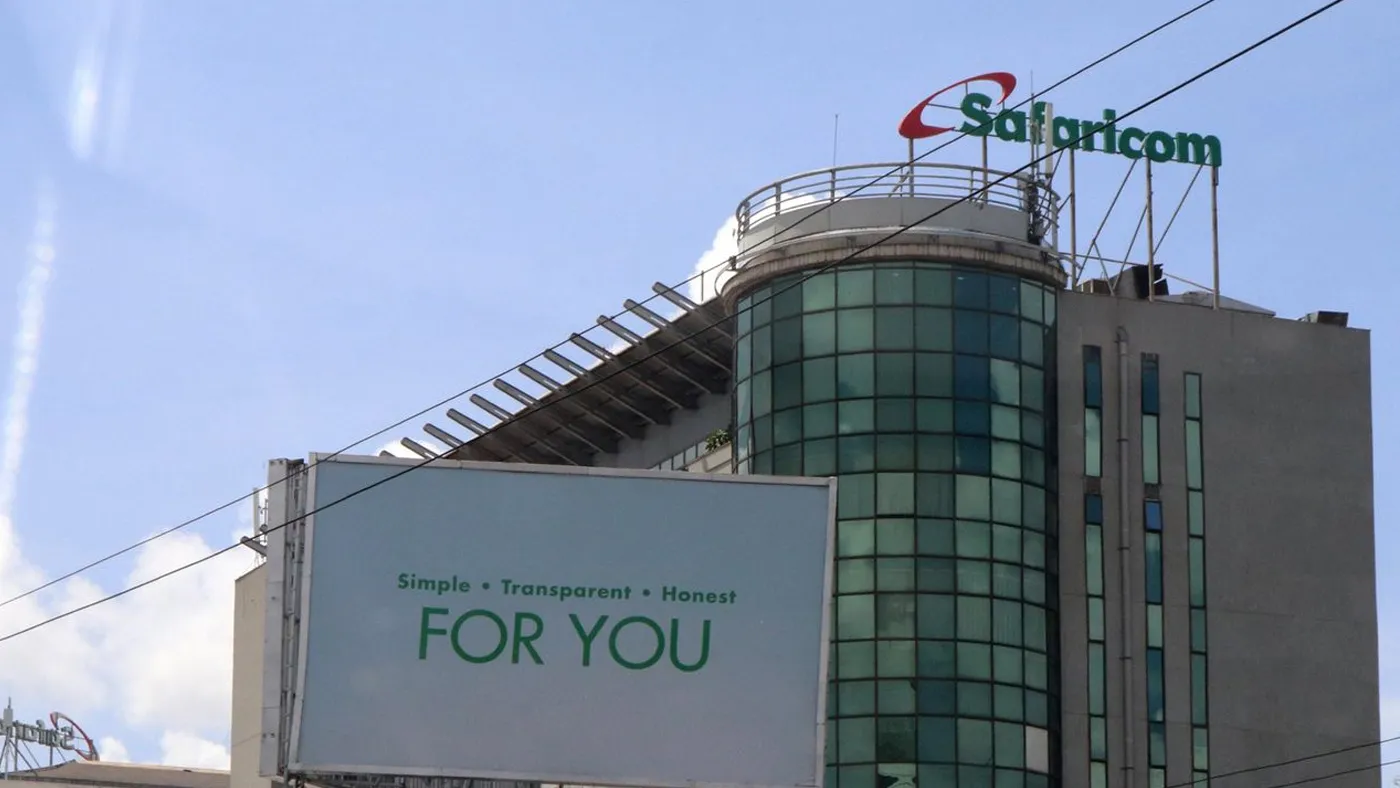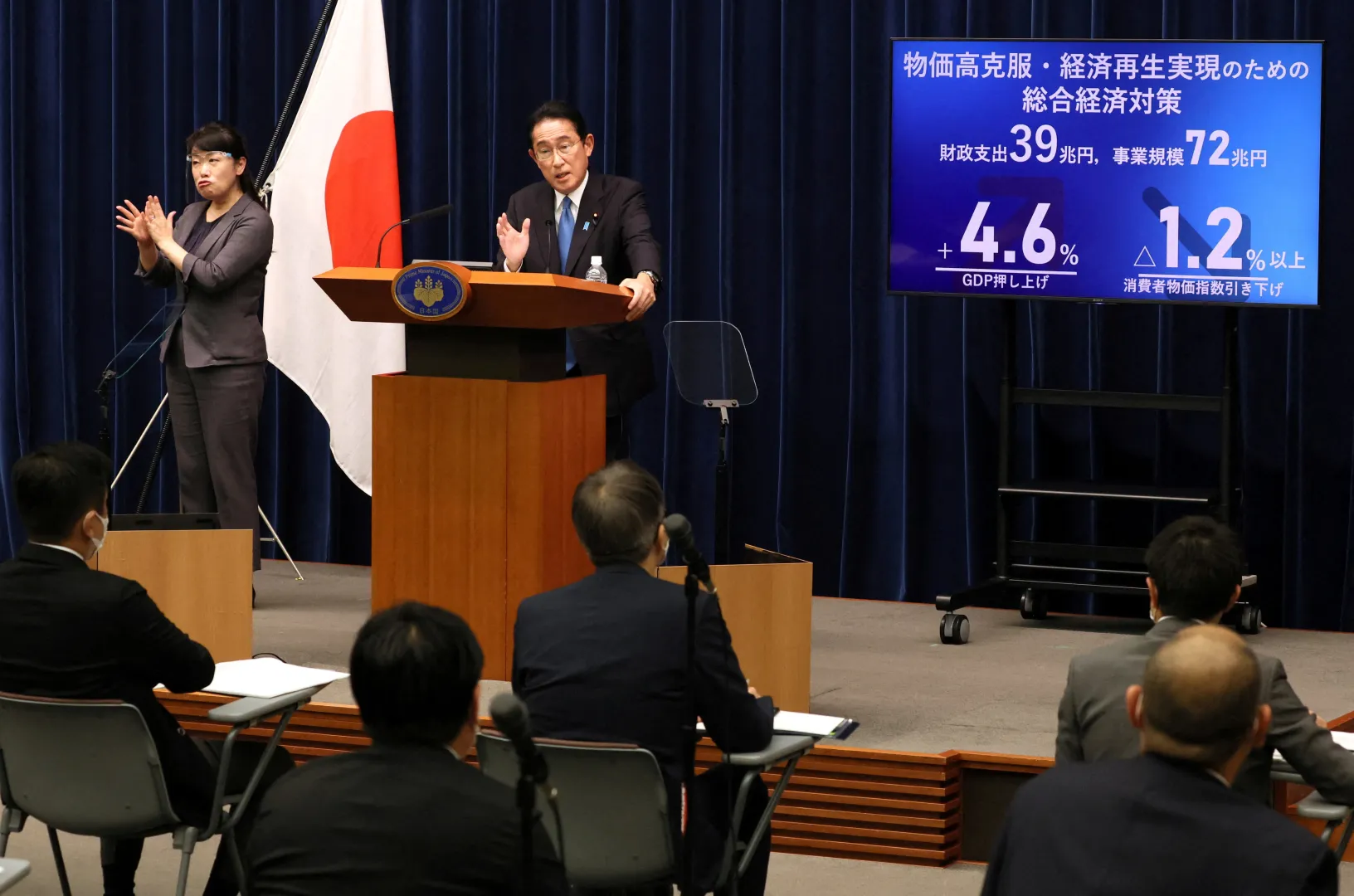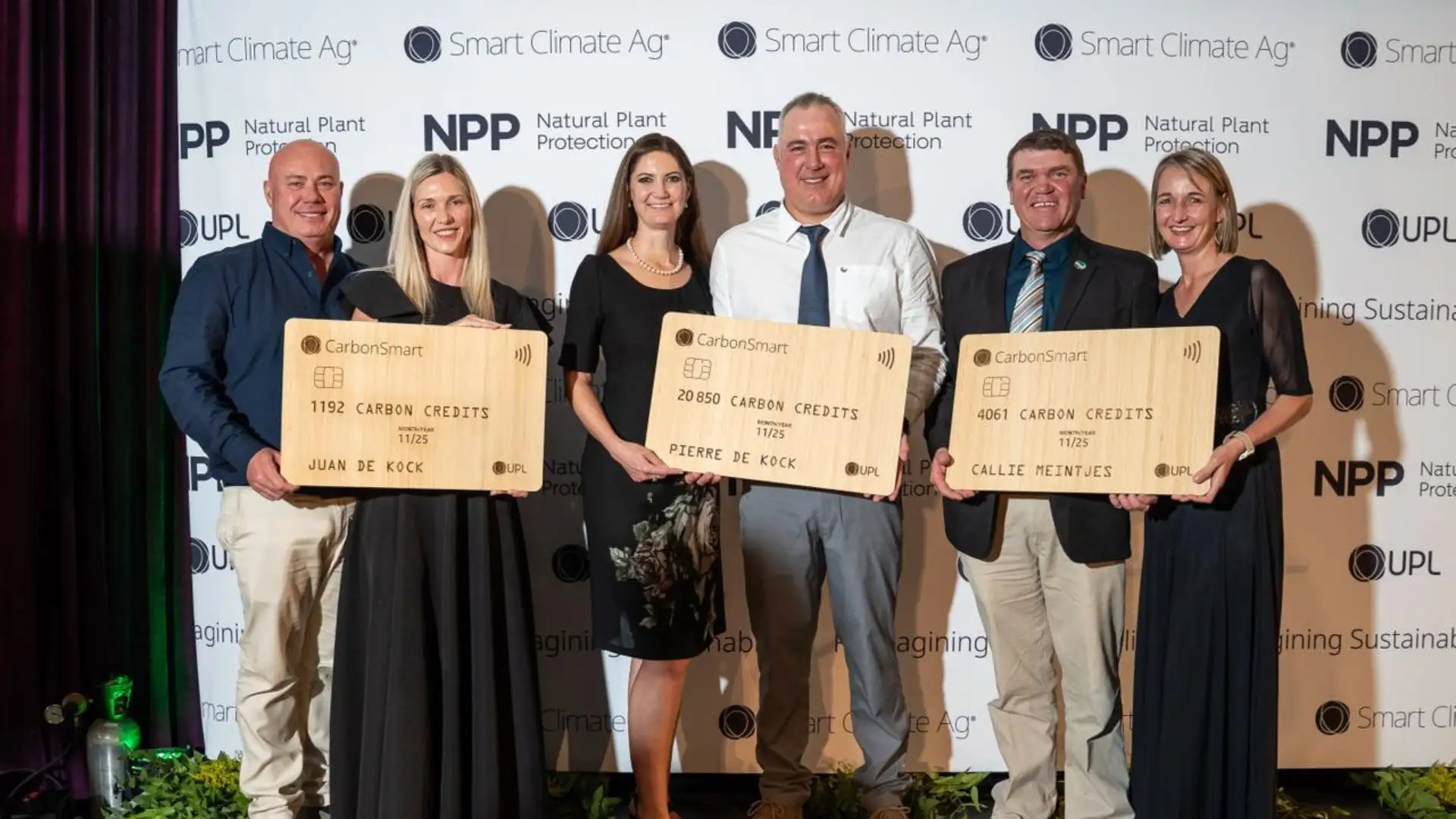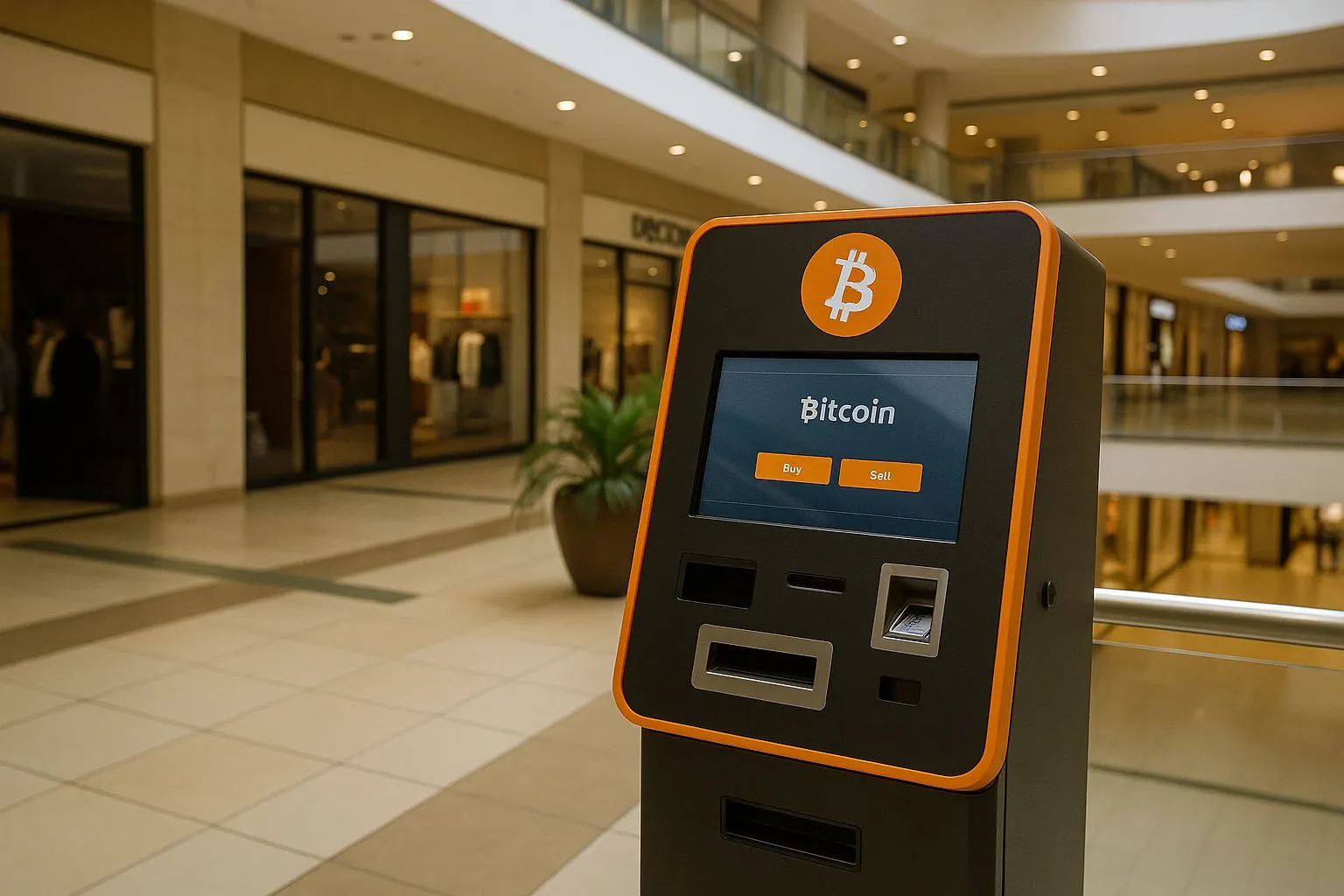Kenya’s renewable energy landscape received a significant boost this week as Proparco, the French development finance institution, announced a strategic equity investment in the country’s 100-megawatt Kipeto wind farm located in Kajiado County. The investment, disclosed on Wednesday, November 12, represents another milestone in Kenya’s ambitious journey toward achieving 100% renewable electricity generation and universal energy access by 2030, underscoring the East African nation’s position as a continental leader in clean energy development.
Build the future you deserve. Get started with our top-tier Online courses: ACCA, HESI A2, ATI TEAS 7, HESI EXIT, NCLEX-RN, NCLEX-PN, and Financial Literacy. Let Serrari Ed guide your path to success. Enroll today.
Strategic Partnership and Investment Structure
Proparco’s entry into the Kipeto project comes through a carefully structured partnership with the Meridiam Infrastructure Africa Fund II, managed by Meridiam, a prominent infrastructure investment specialist with extensive experience in sustainable development projects across emerging markets. While Proparco did not disclose the precise financial value of its equity stake, the investment signals strong institutional confidence in both Kenya’s renewable energy sector and the operational performance of the Kipeto facility.
The investment structure builds upon Meridiam’s December 2023 acquisition of an 88% controlling stake in the project from Actis, a private equity firm specializing in growth markets. The transaction left Kenyan developer Craftskills, which originally conceived and initiated the project in 2008, retaining a 12% ownership interest. This ownership arrangement preserves local participation while bringing in sophisticated international infrastructure investors with the financial capacity and technical expertise to support the project’s long-term success.
The involvement of development finance institutions like Proparco in renewable energy projects serves multiple strategic purposes beyond pure financial returns. These institutions aim to catalyze private sector investment, demonstrate project viability, provide patient capital with longer investment horizons than typical commercial investors, and support sustainable development objectives aligned with host country priorities.
Technical Specifications and Operational Performance
The Kipeto wind farm represents a substantial addition to Kenya’s electricity generation capacity, featuring 60 General Electric wind turbines strategically positioned to capture the region’s consistent wind resources. The facility’s 100-megawatt installed capacity enables it to generate approximately 432 gigawatt-hours of clean electricity annually, sufficient to power roughly 250,000 Kenyan households.
This generation capacity translates into tangible environmental benefits, with the wind farm avoiding more than 200,000 tonnes of carbon dioxide emissions each year compared to equivalent fossil fuel-based generation. In the context of global climate change mitigation efforts, these emissions reductions contribute to Kenya’s nationally determined contributions under the Paris Agreement while supporting the country’s economic development without increasing its carbon footprint.
The project’s infrastructure extends beyond the turbines themselves to include a 17-kilometer transmission line that connects the generation facility to Kenya’s national grid. This critical infrastructure component, completed alongside the turbines during a remarkably efficient 24-month construction period, ensures that the electricity produced can be reliably delivered to consumers across the country.
Kenya Power and Lighting Company (KPLC), the national utility responsible for electricity distribution, purchases all output from Kipeto under a 20-year power purchase agreement that was signed in 2016. These long-term offtake agreements provide revenue certainty that enables project financing while giving the utility predictable access to renewable generation capacity.
Kenya’s Renewable Energy Leadership
Kenya has emerged as one of Africa’s most impressive renewable energy success stories, with an electricity generation mix that increasingly relies on clean sources rather than fossil fuels. The country’s renewable energy portfolio draws primarily from geothermal resources, where Kenya ranks among the world’s top ten producers, alongside substantial hydropower capacity that harnesses the nation’s river systems.
Wind energy, while representing a smaller proportion of the overall mix, has grown significantly in recent years and accounted for approximately 14% of national electricity generation in 2023. This diversification of renewable sources provides important resilience benefits, as different technologies perform optimally under different conditions—wind generation often peaks during periods when hydropower or solar might be constrained, creating complementary generation patterns.
Kenya’s renewable energy development has been driven by multiple factors including abundant natural resources, supportive government policies, access to development finance, and a growing recognition that clean energy development can proceed alongside economic growth rather than constraining it. The country’s success has made it a model for other African nations seeking to expand electricity access while limiting greenhouse gas emissions.
France’s Strategic Energy Partnership with Kenya
The Kipeto investment reinforces France’s position as Kenya’s leading bilateral partner in energy supply, a relationship with deep historical roots and expanding contemporary dimensions. Arnaud Suquet, France’s ambassador to Kenya, emphasized this partnership in remarks following the investment announcement: “By investing in the second-largest wind power plant in Kenya, and as the country’s leading bilateral partner in energy supply, France reaffirms its commitment to helping Kenya achieve 100% renewable electricity production and universal access by 2030.”
This diplomatic endorsement highlights how renewable energy investments increasingly serve multiple objectives—commercial returns for investors, climate mitigation benefits, energy access expansion, and strategic diplomatic relationships between nations. French development institutions, including Proparco and its sister organization Agence Française de Développement (AFD), have been active investors in African renewable energy for decades, channeling billions of euros into projects across the continent.
The bilateral energy partnership extends beyond wind power to encompass geothermal development, solar installations, energy efficiency programs, and grid modernization initiatives. These diverse investments reflect a comprehensive approach to energy sector development that addresses generation capacity, transmission infrastructure, distribution efficiency, and demand-side management simultaneously.
France’s commitment to supporting Kenya’s 100% renewable electricity target by 2030 aligns with broader European Union strategies to support clean energy transitions in partner countries while creating opportunities for European technology providers, project developers, and financial institutions. These partnerships generate mutual benefits—host countries gain access to capital and expertise, while European entities participate in growth markets and contribute to global climate objectives.
Project Development Timeline and Execution
The Kipeto wind farm’s development journey spans more than 15 years, illustrating both the long gestation periods typical of major infrastructure projects and the persistence required to bring them to fruition. Kenyan developer Craftskills initiated the project in 2008, undertaking preliminary feasibility studies, wind resource assessments, environmental impact studies, land acquisition negotiations, and regulatory approvals.
These early-stage development activities require substantial investment with no guarantee of ultimate project success, creating significant risks that specialized developers must accept. Many proposed renewable energy projects never advance beyond initial studies, making those that do reach financial close and construction particularly noteworthy achievements.
The construction phase, completed in a remarkably efficient 24-month period, demonstrated strong project management and favorable execution conditions. Infrastructure projects in emerging markets often face delays from permitting challenges, supply chain disruptions, contractor performance issues, community relations problems, or unexpected technical complications. Completing a major wind farm and associated transmission infrastructure on schedule reflects well on all parties involved in project delivery.
The power purchase agreement signed with KPLC in 2016 provided the contractual foundation that enabled project financing, establishing the long-term revenue stream that lenders and equity investors required before committing capital. These agreements typically specify the price per kilowatt-hour that the utility will pay, the terms under which the developer must maintain availability and performance, dispute resolution mechanisms, and provisions for contract termination or renegotiation.
One decision can change your entire career. Take that step with our Online courses in ACCA, HESI A2, ATI TEAS 7, HESI EXIT, NCLEX-RN, NCLEX-PN, and Financial Literacy. Join Serrari Ed and start building your brighter future today.
Meridiam’s African Infrastructure Strategy
Meridiam’s acquisition of the controlling stake in Kipeto from Actis in late 2023 represented a strategic move for the infrastructure investment firm, which has been systematically building a portfolio of African renewable energy and sustainable infrastructure assets. The firm’s Infrastructure Africa Fund II provides patient capital for projects that generate stable long-term cash flows while delivering social and environmental benefits alongside financial returns.
Infrastructure funds like those managed by Meridiam have become increasingly important players in financing the energy transition in emerging markets. These institutional investors can accept the longer payback periods and lower volatility that characterize regulated infrastructure assets, making them well-suited for renewable energy projects with long-term offtake agreements.
Meridiam’s investment approach emphasizes not merely acquiring existing assets but actively supporting their operational optimization and positive impact on local communities. This typically includes working with project operators to maximize generation efficiency, implementing best practices for environmental and social management, ensuring strong community relations, and pursuing opportunities for local economic development through employment and procurement.
Proparco’s African Investment Portfolio
Proparco’s balance sheet data for 2024 reveals the scale of its commitment to African development, with €1.284 billion in commitments on the continent representing 47% of its annual global project portfolio. This substantial allocation underscores Africa’s central importance to the institution’s mission and strategy, reflecting both the continent’s development needs and the opportunities for impactful investment.
The institution’s investments span multiple sectors beyond energy, including financial services, infrastructure, agribusiness, healthcare, and education. However, renewable energy and sustainable infrastructure have become increasingly prominent in Proparco’s portfolio as global attention to climate change mitigation has intensified and as African countries have prioritized clean energy development.
Proparco’s investment model typically involves providing a combination of equity stakes, long-term loans, and guarantees to projects that meet specific development impact criteria while maintaining commercial viability. The institution’s participation often helps catalyze additional private sector investment by demonstrating project credibility and reducing perceived risks for commercial investors who might otherwise remain on the sidelines.
As a subsidiary of Agence Française de Développement, Proparco operates with a dual mandate to generate development impact and maintain financial sustainability. This approach differs from pure development assistance, which may provide grants or highly concessional financing, and from purely commercial investment, which focuses solely on financial returns. The balance between these objectives shapes Proparco’s project selection, structuring, and ongoing portfolio management.
Wind Energy’s Growing Role in East Africa
Beyond Kenya, wind energy is gaining traction across East Africa as countries in the region recognize both its technical viability and its contribution to energy security and climate objectives. Ethiopia has developed substantial wind capacity, Tanzania is advancing several wind projects, and other countries in the region are conducting wind resource assessments and feasibility studies for potential developments.
The expansion of wind energy in East Africa has been enabled by several factors including improving technology that has reduced costs and increased efficiency, growing experience among regional developers and contractors, expanding availability of project finance, and stronger regulatory frameworks that provide clearer pathways for independent power producers to develop projects and sell electricity to national utilities or directly to large consumers.
East Africa’s wind resources vary substantially across geography and elevation, with some locations offering world-class wind regimes that can support highly productive wind farms. Detailed wind mapping studies undertaken in recent years have identified numerous sites suitable for development, creating a pipeline of potential projects that could significantly expand regional wind capacity over the coming decade.
Grid Integration and Technical Challenges
Integrating variable renewable energy sources like wind into electricity grids presents technical challenges that utilities and grid operators must address through careful planning and investment. Unlike thermal power plants that can generate electricity on demand, wind farms produce power according to wind availability, creating variability that requires sophisticated grid management.
Kenya Power has invested in grid modernization and control systems that enable more effective integration of renewable energy, including upgraded dispatch centers, enhanced forecasting capabilities, and improved transmission infrastructure. These investments complement generation capacity additions by ensuring that clean electricity can be reliably delivered to consumers even as the generation mix becomes more diverse.
The 20-year power purchase agreement structure for Kipeto provides KPLC with long-term visibility into wind generation availability, enabling better planning for complementary generation sources that can ramp up or down to balance supply and demand. The utility’s experience integrating large quantities of geothermal and hydropower has created institutional capacity for managing renewable energy that has facilitated wind integration.
Community Impact and Local Development
Large infrastructure projects like Kipeto generate local economic impacts that extend beyond direct employment during construction and operation. These impacts include land lease payments to property owners, local procurement of goods and services where possible, tax revenues to county and national governments, corporate social investment programs addressing community priorities, and indirect economic activity stimulated by project spending.
Craftskills’ retained 12% ownership stake ensures continued Kenyan participation in the project’s economic benefits while the company’s role as the original developer demonstrates local capacity to conceive, advance, and bring to financial close major renewable energy developments. This local developer capacity represents an important dimension of Kenya’s renewable energy sector maturity.
Wind farms also generate educational and demonstration effects, familiarizing communities with renewable energy technology, creating opportunities for technical training, and building broader public understanding of and support for clean energy development. These less tangible impacts can facilitate additional projects by reducing social acceptance risks and building local technical capabilities.
Kenya’s 2030 Energy Vision
Kenya’s ambitious target of achieving 100% renewable electricity generation and universal access by 2030 reflects both the country’s existing renewable energy strength and the substantial work that remains to reach these objectives. While Kenya’s generation mix already relies heavily on renewable sources, reaching 100% requires displacing remaining fossil fuel generation, managing growth in electricity demand, and ensuring reliable supply despite renewable energy variability.
Universal access requires not only generation capacity but also transmission and distribution infrastructure that can deliver electricity to currently unserved populations, particularly in rural and remote areas where grid extension may be economically challenging. Kenya has pursued multiple approaches to expanding access, including conventional grid extension, mini-grids powered by solar or hybrid systems, and standalone solar home systems.
Achieving these objectives will require sustained investment from government, development finance institutions like Proparco, commercial investors, and international climate finance mechanisms. The policy and regulatory environment will need to continue supporting renewable energy development while ensuring financial sustainability for utilities and maintaining affordable electricity prices for consumers.
Conclusion: A Model for Sustainable Energy Investment
Proparco’s investment in the Kipeto wind farm exemplifies the type of partnership and capital deployment necessary to accelerate renewable energy transitions in emerging markets. By combining development finance institution patient capital with commercial infrastructure investment and local developer participation, the project demonstrates how diverse stakeholders can collaborate effectively to deliver both financial returns and sustainable development outcomes.
As Kenya continues advancing toward its renewable energy objectives and other African nations pursue similar transitions, investments like Kipeto provide valuable precedents that can be replicated and adapted to different contexts. The project’s success in delivering clean electricity reliably and profitably while avoiding substantial carbon emissions illustrates that economic development and environmental sustainability need not be competing objectives but can be mutually reinforcing when approached strategically.
The coming years will reveal whether Kenya achieves its ambitious 2030 targets, but projects like Kipeto are building the foundation of generation capacity, technical expertise, institutional frameworks, and investment momentum necessary to make that vision achievable. For investors, developers, policymakers, and communities across Africa, Kenya’s renewable energy journey offers important lessons and inspiration for their own clean energy futures.
Ready to take your career to the next level? Join our Online courses: ACCA, HESI A2, ATI TEAS 7 , HESI EXIT , NCLEX – RN and NCLEX – PN, Financial Literacy!🌟 Dive into a world of opportunities and empower yourself for success. Explore more at Serrari Ed and start your exciting journey today! ✨
Track GDP, Inflation and Central Bank rates for top African markets with Serrari’s comparator tool.
See today’s Treasury bonds and Money market funds movement across financial service providers in Kenya, using Serrari’s comparator tools.
Photo source: Google
By: Montel Kamau
Serrari Financial Analyst
17th November, 2025
Article, Financial and News Disclaimer
The Value of a Financial Advisor
While this article offers valuable insights, it is essential to recognize that personal finance can be highly complex and unique to each individual. A financial advisor provides professional expertise and personalized guidance to help you make well-informed decisions tailored to your specific circumstances and goals.
Beyond offering knowledge, a financial advisor serves as a trusted partner to help you stay disciplined, avoid common pitfalls, and remain focused on your long-term objectives. Their perspective and experience can complement your own efforts, enhancing your financial well-being and ensuring a more confident approach to managing your finances.
Disclaimer: This article is for informational purposes only and does not constitute financial advice. Readers are encouraged to consult a licensed financial advisor to obtain guidance specific to their financial situation.
Article and News Disclaimer
The information provided on www.serrarigroup.com is for general informational purposes only. While we strive to keep the information up to date and accurate, we make no representations or warranties of any kind, express or implied, about the completeness, accuracy, reliability, suitability, or availability with respect to the website or the information, products, services, or related graphics contained on the website for any purpose. Any reliance you place on such information is therefore strictly at your own risk.
www.serrarigroup.com is not responsible for any errors or omissions, or for the results obtained from the use of this information. All information on the website is provided on an as-is basis, with no guarantee of completeness, accuracy, timeliness, or of the results obtained from the use of this information, and without warranty of any kind, express or implied, including but not limited to warranties of performance, merchantability, and fitness for a particular purpose.
In no event will www.serrarigroup.com be liable to you or anyone else for any decision made or action taken in reliance on the information provided on the website or for any consequential, special, or similar damages, even if advised of the possibility of such damages.
The articles, news, and information presented on www.serrarigroup.com reflect the opinions of the respective authors and contributors and do not necessarily represent the views of the website or its management. Any views or opinions expressed are solely those of the individual authors and do not represent the website's views or opinions as a whole.
The content on www.serrarigroup.com may include links to external websites, which are provided for convenience and informational purposes only. We have no control over the nature, content, and availability of those sites. The inclusion of any links does not necessarily imply a recommendation or endorsement of the views expressed within them.
Every effort is made to keep the website up and running smoothly. However, www.serrarigroup.com takes no responsibility for, and will not be liable for, the website being temporarily unavailable due to technical issues beyond our control.
Please note that laws, regulations, and information can change rapidly, and we advise you to conduct further research and seek professional advice when necessary.
By using www.serrarigroup.com, you agree to this disclaimer and its terms. If you do not agree with this disclaimer, please do not use the website.
www.serrarigroup.com, reserves the right to update, modify, or remove any part of this disclaimer without prior notice. It is your responsibility to review this disclaimer periodically for changes.
Serrari Group 2025












